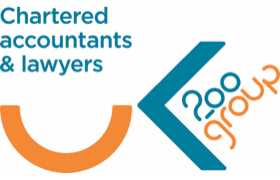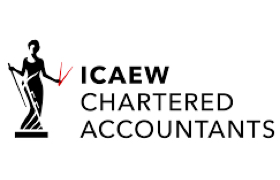New tax year highlights
- 6th April 2021
Veterans’ NIC relief
A new relief for employer’s class 1 NIC comes into effect on 6 April 2021, that applies only to employees who are in their first 12 months of civilian employment after serving at least one day in the armed forces, including in the Ministry of Defence or NATO.
The relief applies a zero rate of employer’s class 1 NIC up to the upper secondary threshold (£50,720 pa for 2021/22). In future years it will be possible to apply this relief at the point the employee is paid, but for 2021/22 employers need to pay the class 1 NIC due then claim it back after the end of the tax year.
Student loans
There is a new form of student loan which has to be deducted from salaries exceeding £25,000 per year. This plan 4 loan applies to anyone who took out an award from the Students Awards Agency Scotland. However, plan 4 loans can apply to employees located anywhere in the UK, it is dependent on where the person was living when they first took out the loan. Employers may receive switch notices to change employees to plan 4 loans.
Note that an employee can only have deductions for one undergraduate loan made at one time, so if they do have more than one undergraduate loan the employer should default to the loan plan with the lowest earnings’ threshold for the tax year.
Starter checklist
The new version of the starter checklist should be used for employees that start their employment on or after 6 April 2021. This takes into account the new plan 4 loans.
Covid easements
Many employers have provided benefits to employees to allow them to work remotely or to travel to or from work safely where public transport was not available.
If the employer is making a payroll settlement agreement (PSA) for those benefits HMRC will automatically consider a category of Covid-19 to justify expenses being included in the PSA as “minor, irregular or impractical”.
Benefit in kind rules which were flexed to allow the goods or services to be provided to the employee tax free during the pandemic (eg broadband, reimbursement of office equipment costs), can continue to be provided tax free in 2021/22.
CJRS claims
Dates for claims
HMRC has drawn up a handy list of all the CJRS deadlines you can print and pin your noticeboard (see link below). One minor change not mentioned in that list is the date claims can be submitted for pay periods in May 2021; these claims can be submitted from 19 April to 14 June 2021.
The conditions for furloughing employees will change again for periods from 1 May 2021. From that point employers can claim for employees who were employed on 2 March 2021 as long as they were included in an RTI submission between 20 March 2020 and 2 March 2021.The employer does not have to previously included that employee in a CJRS claim before 2 March 2021 to make a claim for that person from 1 May 2021 onwards.
Training
While employees are on furlough they are not permitted to provide services to, or generate revenue for, or on behalf of their employing organisation, or for a linked or associated organisation.
However, furloughed employees can engage in training as long as the any time spent while training is paid a rate equivalent to at least the national minimum wage or national living wage as appropriate to the employee’s age. Where that training relates to an R&D project, the cost of the wages paid should not be included in an R&D credit claim for the SME scheme, or in an RDEC claim under the large company scheme.
Transparency
Employees can see if they were included in a CJRS grant for December 2020 or January 2021 by accessing their personal tax account (PTA). If the employer has repaid the full amount of the grant for those months, the grant will not show up in the PTA.
The data in the PTA will be updated on a monthly basis. February CJRS claims will be available to view in the employee’s PTA from 6 May 2021.
NMW rates
The National Minimum Wage (NMW) and the National Living Wage (NLW) rates rise for pay periods starting on or after 1 April 2021, but this year there is also a change in the age qualification for the top two bands.
The NLW rate now applies to workers aged 23 and over, which previously applied only for workers age 25 and older. This means the next band down now applies to workers aged 21 and 22, not 21 to 24 inclusive. This represents a significant cost increase for employers who employ workers aged 23 and 24.
Where employers have a salary sacrifice scheme in place, perhaps for employer provided bicycles, they need to check there is still the headroom in the wages calculation, after the salary reduction has been taken, to leave at least the NLW in place for those younger workers.
The current NLW and NMW rates are:

Employers must also retain all NMW and NLW records for six years instead of three years from April 2021.
This information is taken from the weekly Tax Tips, published by the Tax Advice Network, for which you can subscribe at www.taxadvicenetwork.co.uk
Tax advice
Any news or resources within this section should not be relied upon with regards to figures or data referred to as legislative and policy changes may have occurred.



